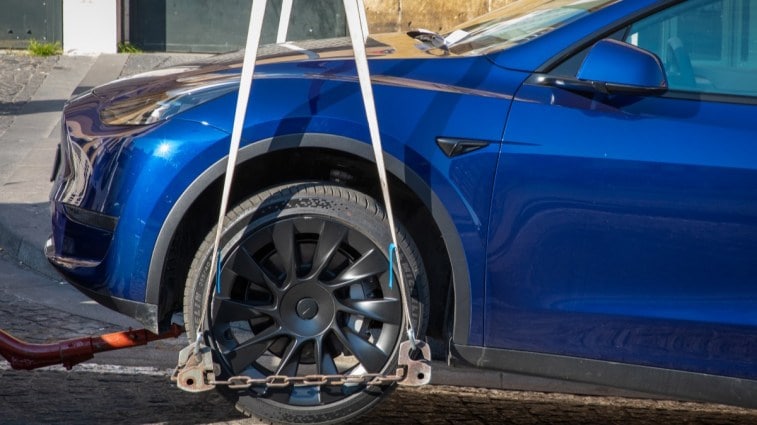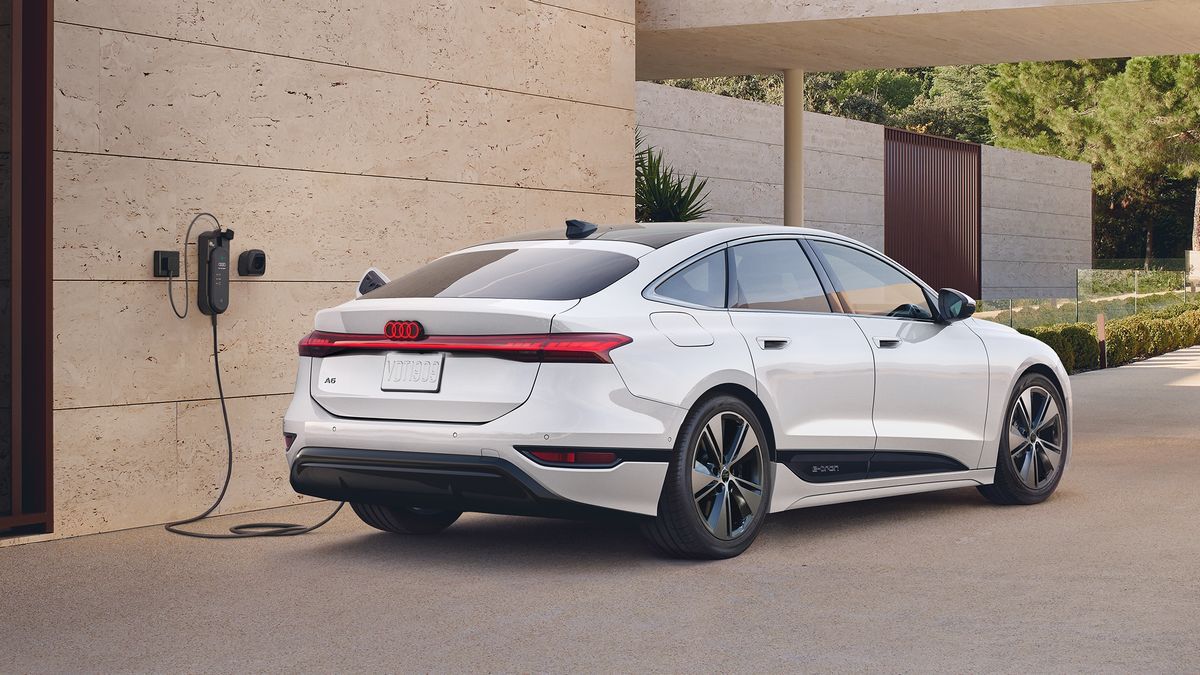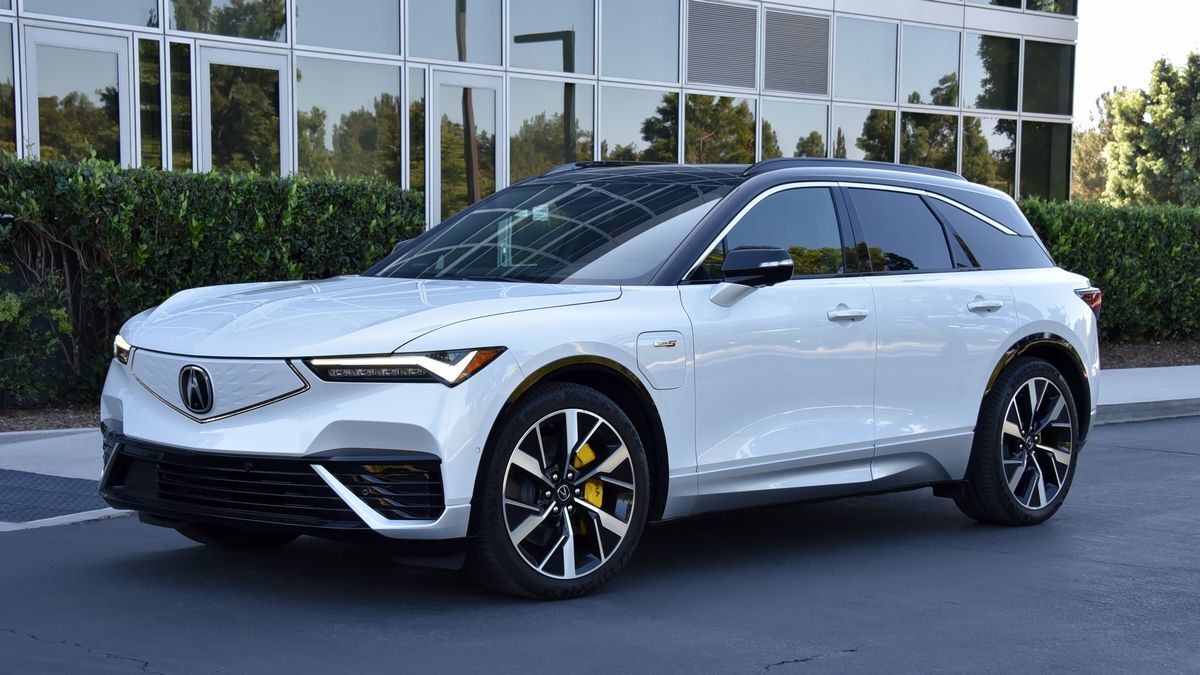
Many have sensors that detect rain and turn on the windshield wipers for you. Those can break in even a minor accident.
Some are even electric. Those will grow more environmentally friendly as the electric grid grows greener, with no tailpipes to spew pollution. They use batteries positioned so that even a minor accident can damage them.
You see where this is going.
Repair Costs, Insurance Costs Rising
“The average cost of making damaged cars good as new has soared 36% since 2018 and may top $5,000 by the end of this year,” reports the New York Times. The numbers come from Mitchell, which provides much of the software that powers the car insurance and auto repair industries.
Related: Here’s How Much the Average Car Repair Now Costs
Insurance premiums, the Times reports, are “up 17% in the 12 months through May.”
Axios adds, “The cost of car repairs was up by 19.7% on an annual basis, according to the latest federal consumer price data.”
Kelley Blue Book owner Cox Enterprises owns Axios.
Sensors in Vulnerable Positions
The incredible complexity of modern cars is to blame.
The Times notes, “Many bumpers must be replaced after low-speed dings because the safety sensors embedded in them may no longer work properly after repairs. Other systems, even some that do not appear to be damaged, must be inspected or recalibrated.”
Even a simple windshield replacement can now be a 4-figure repair thanks to embedded sensors and built-in lenses for traffic-scanning cameras.
Electric Vehicles Add to the Problem
Some of the most comically high repair costs come from electric vehicles (EVs).
They remain a tiny part of the overall problem. A separate Mitchell report explains that EV repair claims in the first quarter of 2023 were 1.13% of all repairs in the U.S. and 2.41% in Canada. But EV repairs “lead the way when it comes to automotive complexity, and their repair represents a significant cost delta over vehicles with internal combustion engines.”
The Times notes, “About 18% of gasoline cars involved in crashes are totaled, while only about 6% of battery-powered vehicles are deemed unrepairable after accidents.”
Tesla builds about 60% of the EVs sold in the U.S. The company’s designs include the battery as a structural part of the car, not a replaceable element riding separately inside the frame. Its batteries aren’t modular. Minor damage can necessitate replacing the entire battery.
Related: Insurers Are Writing Off Even Lightly-Damaged Teslas
Structural batteries make even minor accidents extremely costly. The Times cites the case of a Rivian R1T pickup with a Tesla-like structural battery, rear-ended at a stoplight.
“The damage was initially deemed relatively minor,” and an insurance adjuster estimated replacing the bumper would cost $1,600. “The actual cost to fix the bumper at a business certified to repair Rivian vehicles — one of just three in Ohio — was $42,000,” the Times reports.
Some EVs Are Easier to Repair
Some EV designs are more repair-friendly. Carscoops notes, “BMW’s EVs allow for the modular replacement of battery elements.” Crash sensors help identify damaged cells. “GM is developing a similar method to allow dealerships to replace individual battery modules,” while Ford’s Mustang Mach-E keeps battery components inside a structural shell that can be replaced. The battery cells inside can be moved between shells.
Tesla, Rivian, and similar EV-only automakers also tend to build luxury cars. Repairing EVs from mainstream automakers like Nissan and Hyundai, Mitchell says, costs “only about $800 more than their gasoline counterparts.”







